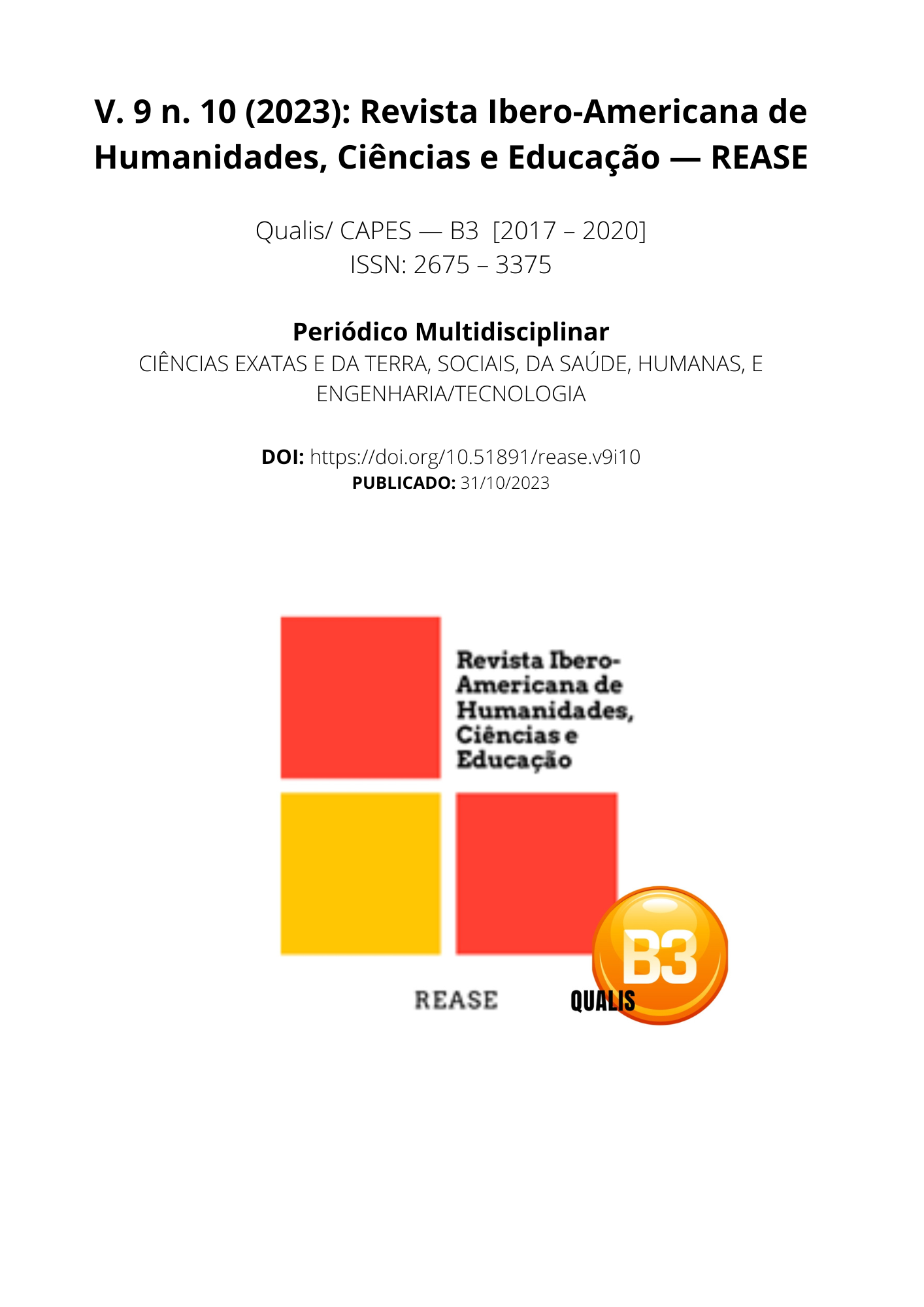THE USE OF METAL FORMS FOR THE EXECUTION OF CIVIL WORKS: THE SOCIO-ENVIRONMENTAL IMPACTS WHEN COMPARED TO CONVENTIONAL WOODEN FORMS
DOI:
https://doi.org/10.51891/rease.v9i10.11967Keywords:
Sustentabilidade. Fôrmas de madeira. Fôrmas metálicas; viabilidade.Abstract
Wood is the most used material in the manufacture of formwork in civil construction, which can have a significant environmental impact. The inheritance of this material can lead to the degradation of forest ecosystems and contribute to the loss of biodiversity and climate change. Furthermore, wood production requires a large consumption of water and energy, which can be harmful to the environment, in addition to the fact that this resource is increasingly scarce. Wood can also be treated with toxic chemicals to increase its resistance to pests and fire, which further worsens the environmental impact. In this article, an alternative will be presented to reduce the excessive consumption of wood in civil construction: the use of metal forms.
Downloads
Downloads
Published
How to Cite
Issue
Section
Categories
License
Atribuição CC BY

